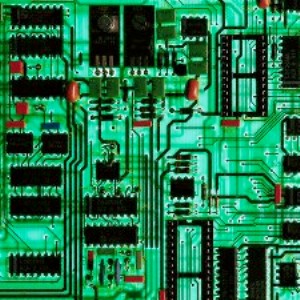A research team from the Tel Aviv University’s The Center for Nanoscience and Nanotechnology and Department of Chemistry has developed protein-based transistors from organic materials present in the human body utilizing several advanced techniques.

These protein-based transistors pave the way to develop future-generation flexible and biodegradable nano-sized technologies. The top down approach used for fabricating silicon-based transistors limits their capabilities in terms of size and flexibility. To overcome these issues, the research team used a novel method based on biology and chemistry to fabricate the ideal transistor.
When the researchers applied different combinations of mucus, milk and blood proteins over any base material, they were able to produce a nano-scale semi-conducting film due to the protein molecules’ tendency to self-assemble. According to Elad Mentovich, one of the researchers, the thickness of the nano-scale film produced by a blood protein was 4 nm, whereas that of existing technology is 18 nm.
The three different types of proteins jointly form a complete circuit having optical and electronic capabilities. Mentovich explained that blood protein can absorb oxygen, which allows the semiconductors to be doped with specific chemicals to deliver specific technological properties. Milk proteins produce the fibers, which can be utilized as a transistor’s building blocks, while the mucosal proteins are capable of separating blue, green and red fluorescent dyes, jointly emitting the white light, which is critical for advanced optics.
With the help of each protein’s natural abilities, the research team was able to alter the resulting organic transistor’s characteristics, including memory storage, fluorescence and conductivity. These protein-based transistors will be suitable for flexible, compact devices made of plastics, opening the door to a new class of flexible technologies, including microprocessor chips, biosensors, tablets, cell phones and screens.